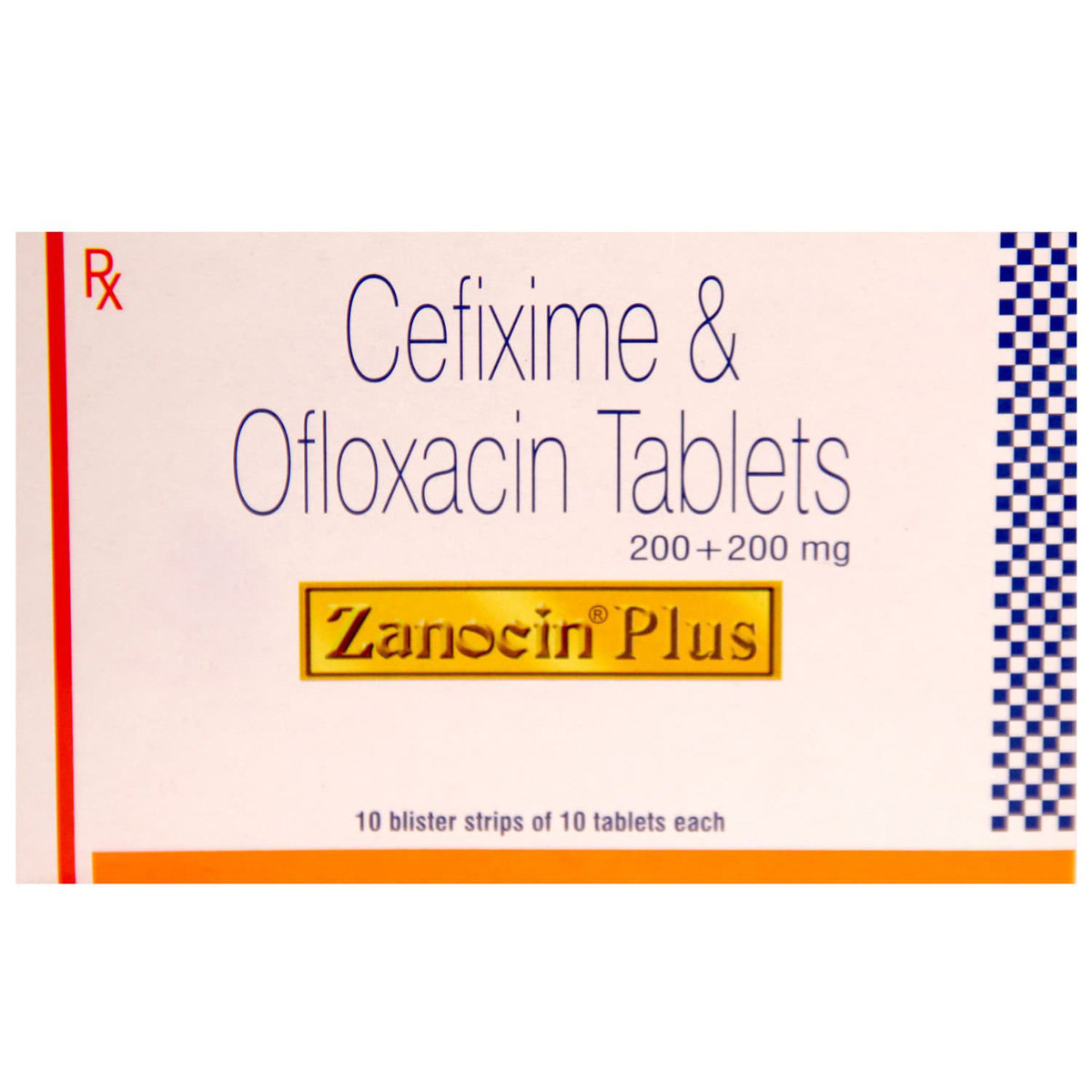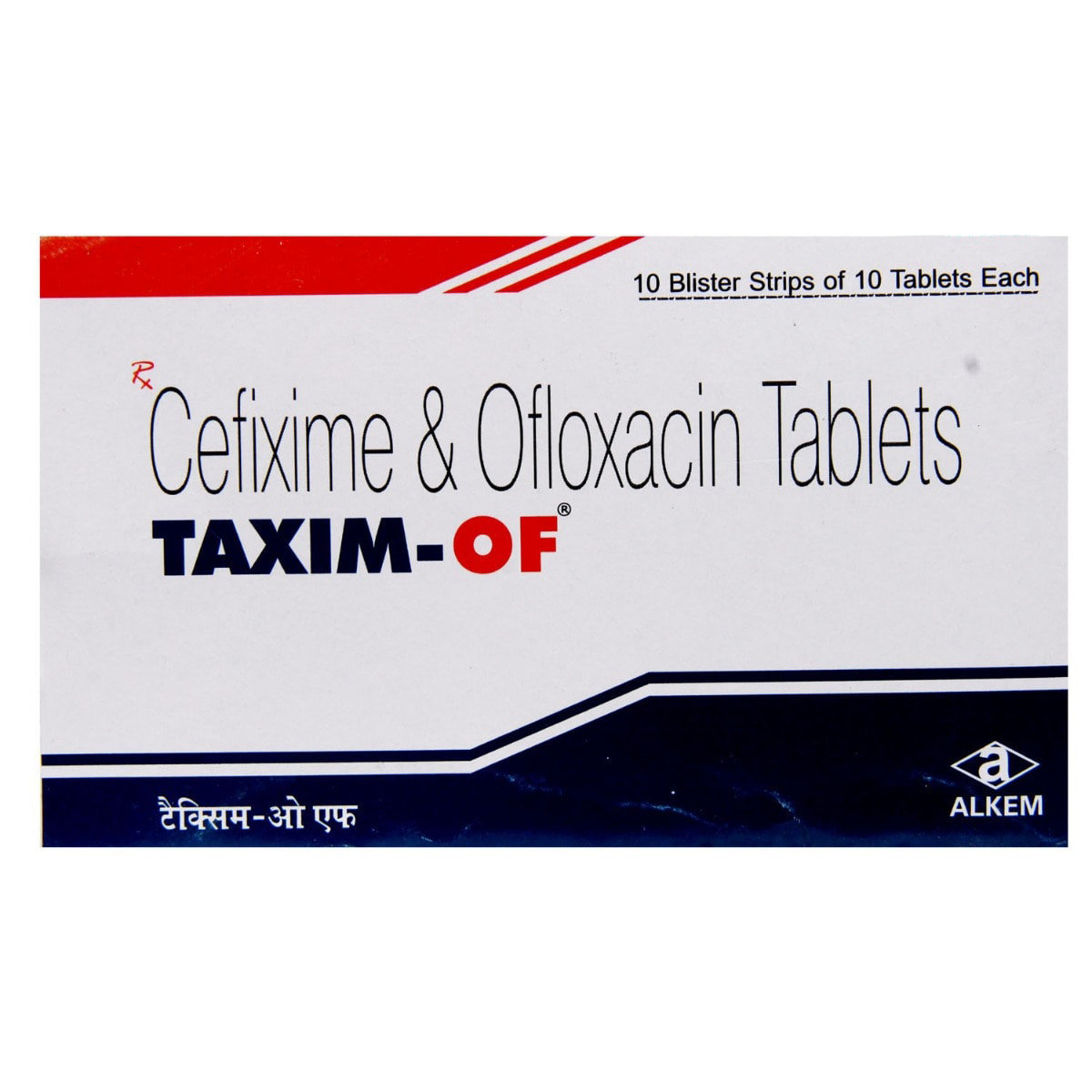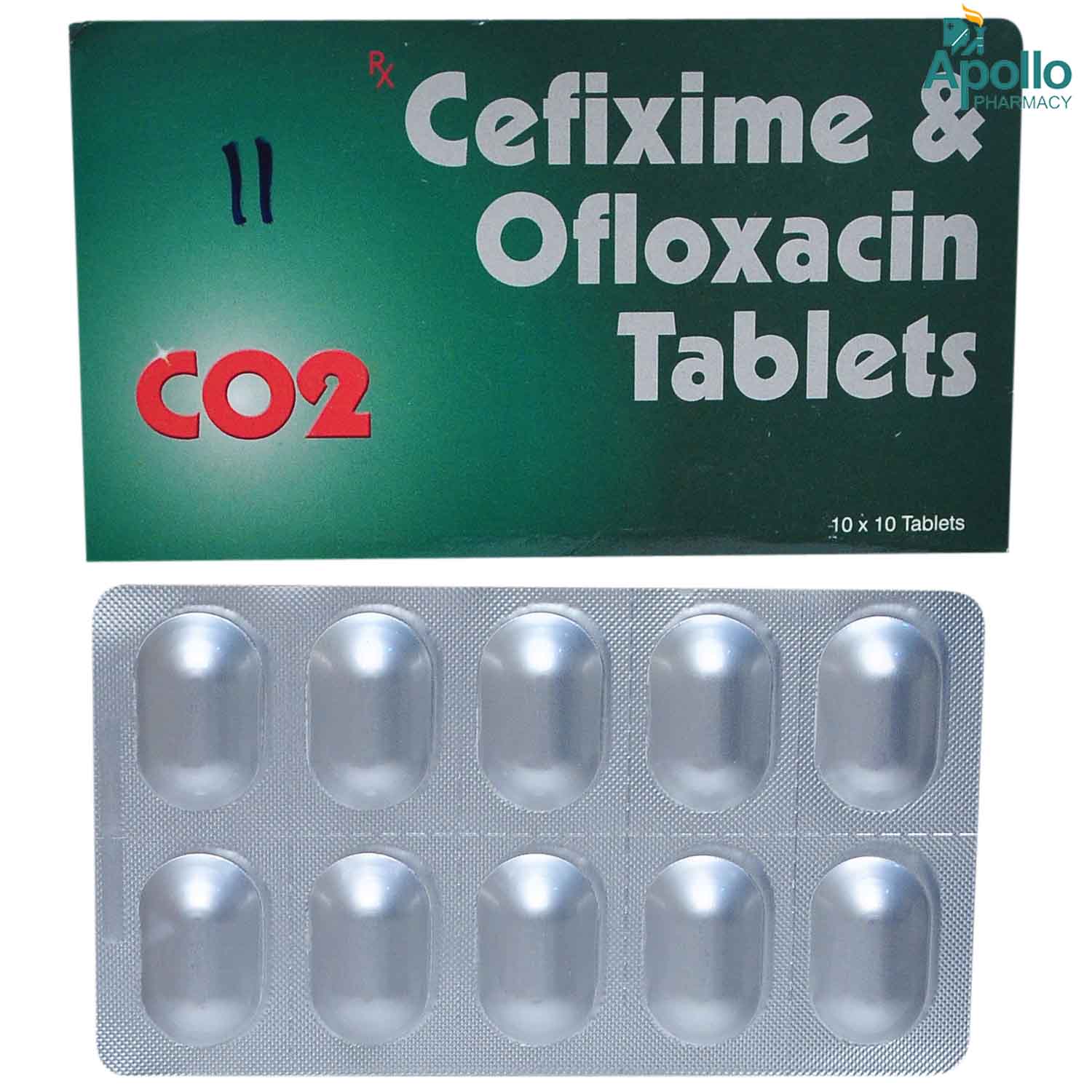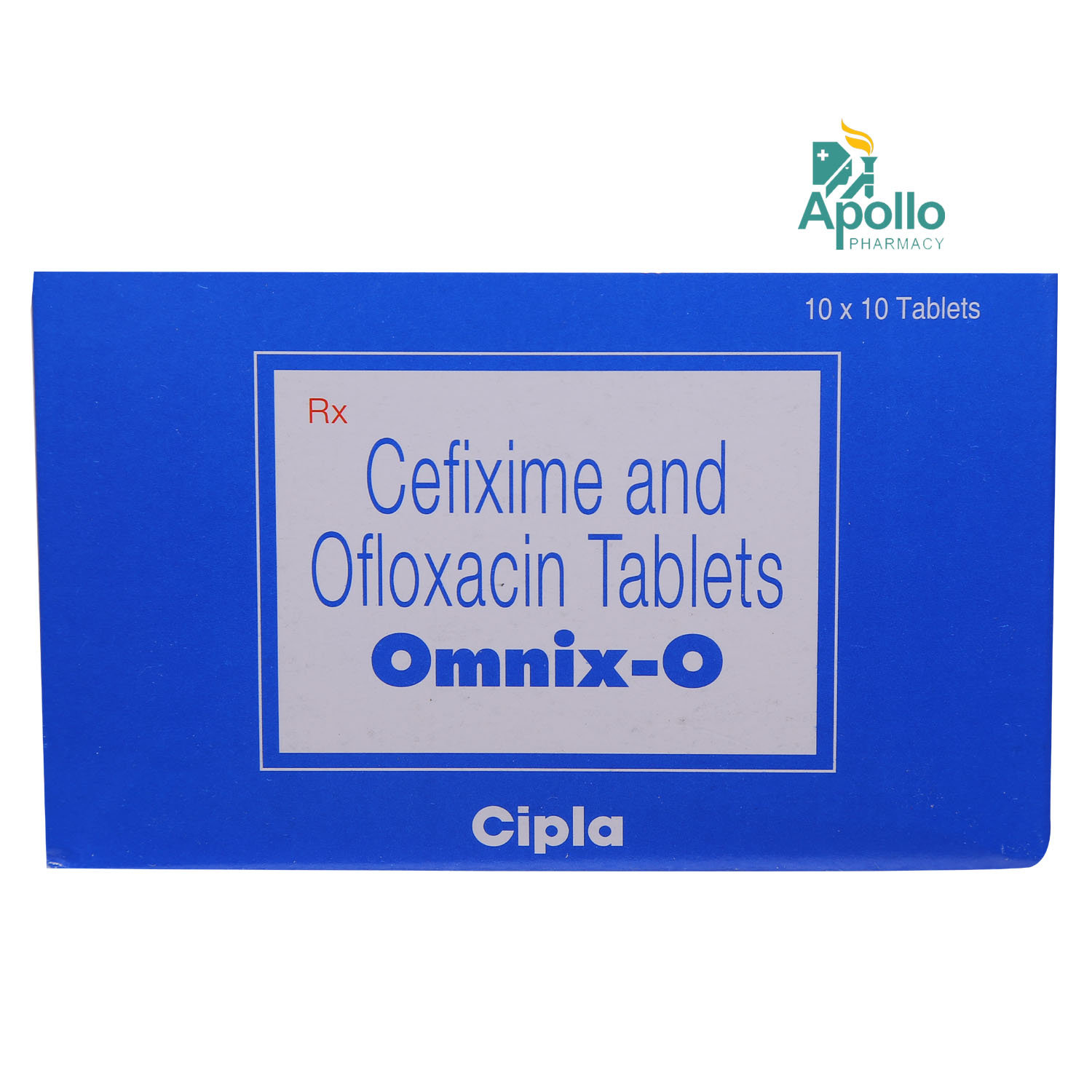CEFRAX O TABLET
MRP ₹242
(Inclusive of all Taxes)
₹36.3 Cashback (15%)
know your delivery time
Provide Delivery Location
Composition :
Manufacturer/Marketer :
Consume Type :
Expires on or after :
Return Policy :

Secure Payment

Trusted by 8 Crore Indians

Genuine Products
Therapeutic Class
Country of origin
Manufacturer/Marketer address
FAQs
Disclaimer
Alcohol
Safe if prescribed
It is best to limit the consumption of alcohol as it may worsen the side effects of CEFRAX O TABLET.
Pregnancy
Consult your doctor
CEFRAX O TABLET should only be given in pregnancy if clearly suggested by the doctor after weighing the benefits and potential risks of medication.
Breast Feeding
Consult your doctor
CEFRAX O TABLET should be suggested to breastfeeding mothers only if the doctor has judged it to outweigh the potential risks to the infant. Hence one should consult with their doctor before taking CEFRAX O TABLET.
Driving
Safe if prescribed
A person should avoid driving as it may cause impaired vision and affect thinking ability.
Liver
Consult your doctor
CEFRAX O TABLET should be taken with caution in patients having a history of liver diseases/conditions. The doctor may suggest lower doses initially.
Kidney
Consult your doctor
CEFRAX O TABLET to be taken with caution, especially in persons having a history of Kidney disorders. The doctor may initially suggest a lower dose of initially.
Children
Safe if prescribed
CEFRAX O TABLET to be given to children below the age of 12 with caution only if clearly prescribed by a doctor.
Product Substitutes
About CEFRAX O TABLET
CEFRAX O TABLET belongs to a group of medications called 'cephalosporin antibiotics' primarily used for the treatment of a wide range of bacterial infections of the skin, ears, lungs, prostate and urinary tract. Besides this, it also treats typhoid fever and STDs (sexually transmitted diseases) like chlamydia and gonorrhoea. A bacterial infection happens when harmful bacteria enter inside the body and start multiplying. These harmful bacteria are responsible for producing toxins that can cause diseases like strep throat, urinary tract infection (UTI), bacterial food poisoning, gonorrhoea, bacterial meningitis, cellulitis, Lyme disease, and tetanus. CEFRAX O TABLET does not work against viral infections like flu and colds.
CEFRAX O TABLET contains 'Cefixime' (cephalosporin antibiotic) and 'Ofloxacin' (fluoroquinolone antibiotic) that works by preventing the formation of the outer covering of the bacteria (cell wall) required for their survival. CEFRAX O TABLET prevents the release of a chemical messenger (mucopeptides) by the bacteria, thereby weakening and destroying the bacterial cell wall. CEFRAX O TABLET is a broad range antibiotic that works against a wide range of both gram-positive and gram-negative bacteria.
Take CEFRAX O TABLET as prescribed. Your doctor will recommend how often you take CEFRAX O TABLET based on your medical condition. CEFRAX O TABLET may cause some common side effects that include diarrhoea, indigestion, nausea, loose stools, abdominal pain, and vomiting. However, some of these side effects do not require medical attention and will pass within a couple of days. If side effects become get worse with time or do not pass within a couple of days, then one should consult their doctor.
CEFRAX O TABLET is not allowed to use in patients who are already taking any of the other antibiotics or having kidney or liver problems. This medicine can only be used in pregnant or breastfeeding women if strongly suggested by the doctor. Ofloxacin present in CEFRAX O TABLET may cause and aggravate symptoms of existing peripheral neuropathy (nerve damage in legs), tendinitis (swelling or tearing of a tendon), myasthenia gravis (skeletal muscle weakness), and respiratory issues like bronchitis, sinusitis. People with diabetes should contact a doctor before taking CEFRAX O TABLET as CEFRAX O TABLET can lower your blood sugar level in some cases. Patient with central nervous system disorder or epilepsy (fits) should avoid intake of CEFRAX O TABLET as its use is contraindicated for them.
Uses of CEFRAX O TABLET
Medicinal Benefits Mweb
Key Benefits
CEFRAX O TABLET is a combination of cephalosporin and fluoroquinolone antibiotics that works by killing the bacteria (bactericidal). Cefixime works by stopping the growth of bacteria by inhibiting the formation of a protective layer required by the bacteria or its growth. At the same time, Ofloxacin acts by blocking the action of a chemical messenger, which helps the genetic material of bacteria to survive. The doctor usually prescribes CEFRAX O TABLET for the treatment of typhoid fever and urinary tract infections. Besides this, it also treats bacterial infections of the prostate, skin, lungs, sexually transmitted infections like gonorrhoea (cervical/urethral), ear infections (acute otitis media), upper respiratory tract infections (URTI), lower respiratory tract infection, tonsillitis (inflammation of the tonsils) and pharyngitis (inflammation of the pharynx).
Directions for Use
Side Effects of CEFRAX O TABLET
- Diarrhoea
- Nausea
- Dyspepsia (Indigestion)
- Loose stools
- Abdominal pain
- Vomiting
Drug Warnings
You should avoid taking CEFRAX O TABLET if you are hypersensitive to ofloxacin, cefixime or other macrolide antibiotics as it may lead to overdose and toxicity. The use of CEFRAX O TABLET is only allowed in pregnancy or breastfeeding if clearly suggested by the doctor. Tell your doctor if you are pregnant, or breastfeeding before using CEFRAX O TABLET. Ofloxacin present in CEFRAX O TABLET may cause and aggravate symptoms of existing peripheral neuropathy (nerve damage in legs), tendinitis (swelling or tearing of a tendon), myasthenia gravis (skeletal muscle weakness), and respiratory issues like bronchitis, sinusitis. People with diabetes should contact a doctor before taking CEFRAX O TABLET as CEFRAX O TABLET can lower your blood sugar level in some cases. Patient with central nervous system disorder or epilepsy (fits) should avoid intake of CEFRAX O TABLET as its use is contraindicated for them.
Drug-Drug Interactions
Drug-Drug Interactions
Login/Sign Up
Using Mesoridazine together with Cefrax O Tablet can increase the risk of an irregular heart rhythm that may be serious.
How to manage the interaction:
Taking Mesoridazine with Cefrax O Tablet is not recommended, please consult your doctor before taking it. You should seek immediate medical attention if you develop sudden dizziness, lightheadedness, fainting, shortness of breath, or heart palpitations. Do not stop using any medications without talking to a doctor.
Coadministration of Cefrax O Tablet with Quinidine can increase the risk or severity of irregular heart rhythms.
How to manage the interaction:
Taking Cefrax O Tablet with Quinidine together is generally avoided as it can result in an interaction, it can be taken if your doctor has advised it. However, if you experience sudden dizziness, lightheadedness, fainting, shortness of breath, chest pain or tightness, rapid heartbeat, or memory loss, contact a doctor immediately. Do not discontinue any medications without consulting a doctor.
Coadministration of Cefrax O Tablet with Pimozide can increase the risk or severity of irregular heart rhythms.
How to manage the interaction:
Taking Cefrax O Tablet with Pimozide together can result in an interaction, it can be taken if your doctor has advised it. However, if you experience sudden dizziness, lightheadedness, fainting, shortness of breath, chest pain or tightness, rapid heartbeat, or memory loss, contact a doctor immediately. Do not discontinue any medications without consulting a doctor.
Coadministration of Cefrax O Tablet with Saquinavir can increase the risk or severity of irregular heart rhythms.
How to manage the interaction:
Taking Cefrax O Tablet with Saquinavir together is generally avoided as it can result in an interaction, it can be taken if your doctor has advised it. However, if you experience sudden dizziness, lightheadedness, fainting, shortness of breath, chest pain or tightness, rapid heartbeat, or memory loss, contact a doctor immediately. Do not discontinue any medications without consulting a doctor.
Using bepridil together with Cefrax O Tablet drugs can increase the risk of an irregular heart rhythm that may be serious.
How to manage the interaction:
Taking Cefrax O Tablet with Bepridil can cause an interaction, please consult your doctor before taking it. You should seek immediate medical attention if you develop sudden dizziness, lightheadedness, fainting, or fast or pounding heartbeats. Do not stop using any medications without consulting a doctor.
Coadministration of Cefrax O Tablet with Dronedarone can increase the risk or severity of irregular heart rhythm.
How to manage the interaction:
Taking Cefrax O Tablet with Dronedarone together can result in an interaction, it can be taken if your doctor has advised it. However, if you experience sudden dizziness, lightheadedness, fainting, shortness of breath, chest pain or tightness, rapid heartbeat, or memory loss, contact a doctor immediately. Do not discontinue any medications without consulting a doctor.
Using halofantrine together with Cefrax O Tablet can increase the risk of an irregular heart rhythm that may be serious.
How to manage the interaction:
Taking Cefrax O Tablet with Halofantrine can cause an interaction, please consult your doctor before taking it. You should seek immediate medical attention if you develop sudden dizziness, lightheadedness, fainting, shortness of breath, or heart palpitations. Do not stop using any medications without talking to a doctor.
The combination of Amiodarone and Cefrax O Tablet may significantly increase the risk of an abnormal heart rhythm.
How to manage the interaction:
Although Amiodarone and Cefrax O Tablet interact, it can be taken if prescribed by a doctor. If you get dizziness, lightheadedness, fainting, or fast or racing heartbeats, consult a doctor. Do not stop taking any medications without consulting a doctor.
Coadministration of Cefrax O Tablet with Thioridazine can increase the risk or severity of irregular heart rhythms.
How to manage the interaction:
Taking Cefrax O Tablet with Thioridazine together is generally avoided as it can result in an interaction, it can be taken if your doctor has advised it. However, if you experience sudden dizziness, lightheadedness, fainting, shortness of breath, chest pain or tightness, rapid heartbeat, or memory loss, contact a doctor immediately. Do not discontinue any medications without consulting a doctor.
Coadministration of Cefrax O Tablet with Sotalol can increase the risk or severity of irregular heart rhythms.
How to manage the interaction:
Taking Cefrax O Tablet with Sotalol together is generally avoided as it can result in an interaction, it can be taken if a doctor has advised it. If you experience sudden dizziness, lightheadedness, fainting, shortness of breath, chest pain or tightness, rapid heartbeat, or memory loss, contact a doctor. Do not discontinue any medications without consulting a doctor.
Drug-Food Interactions
Drug-Food Interactions
Login/Sign Up
Drug-Diseases Interactions
Drug-Diseases Interactions
Login/Sign Up
Drug-Drug Interactions Checker List
- FUROSEMIDE
- BACILLUS CALMETTE-GUERIN(BCG) VACCINE
- CHOLERA VACCINE
- TYPHOID VACCINE
- CARBAMAZEPINE
- WARFARIN
- CIMETIDINE
- SUCRALFATE
- METHOTREXATE
- THEOPHYLLINE
- IBUPROFEN
- MAGNESIUM HYDROXIDE
- ALUMINUM HYDROXIDE
- LORATADINE
Habit Forming
Special Advise
If you experience diarrhoea or CDAD (C. difficile-associated disease) immediately contact a doctor or nearby clinic as you might require sufficient electrolyte and other interventions for preventing water loss or dehydration.
Diet & Lifestyle Advise
- Include probiotics in your diet as probiotics contain healthy bacteria that are good for the intestines and can recover the killed bacteria.
- Taking probiotics after completing the antibiotics course can minimize the chances of antibiotic-associated diarrhoea. Foods that are high in probiotics include yoghurt, cheese, sauerkraut, and kimchi so consume them to restore the good bacteria of the intestine.
- Try to take more fibre-enriched food as it will help the food to digest properly and helps to stimulate the growth of gut bacteria.
- Include whole grains like whole-grain bread, brown rice to include fibre in your diet.
- Try to consume less calcium, iron-enriched foods, and drinks as it may slow down the working of CEFRAX O TABLET.
- Try to limit the consumption of alcoholic beverages as it can cause worsening of side effects and make your body dehydrated and affect your sleep. This also makes it difficult for your body to aid the CEFRAX O TABLET in fighting off infections.
All Substitutes & Brand Comparisons
RX
Not for online saleZIFEXIM TABLET
₹109
(₹9.81 per unit)
54% CHEAPERRX
Not for online saleHifen Plus 200 mg Tablet 10's
Hetero Drugs Ltd
₹125.5
(₹11.3 per unit)
48% CHEAPERRX
Not for online saleMahacef-Plus Tablet 10's
Mankind Pharma Pvt Ltd
₹164.5
(₹14.81 per unit)
32% CHEAPER
















